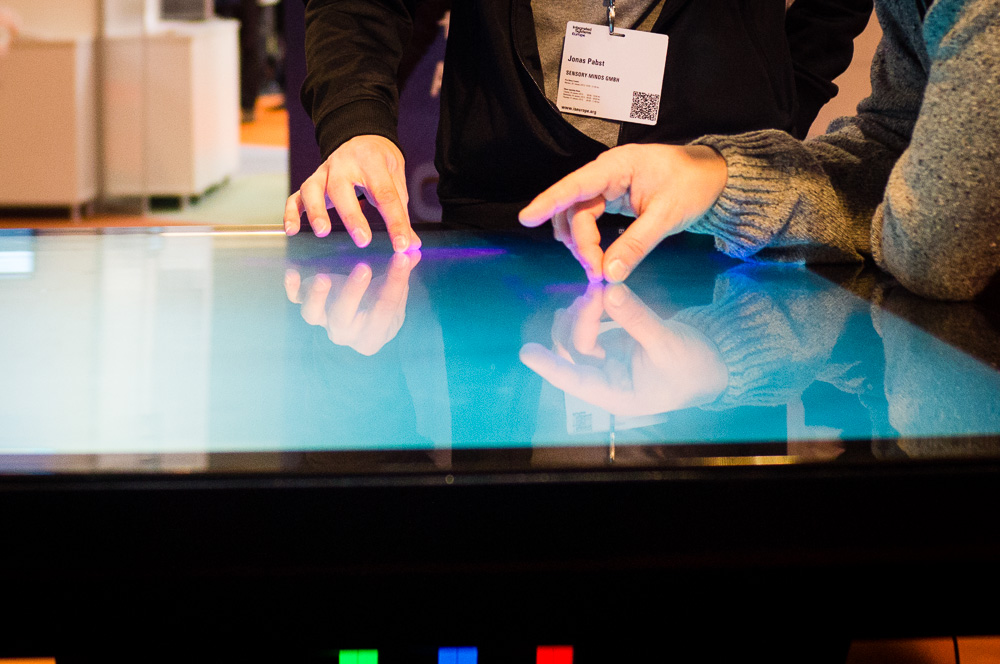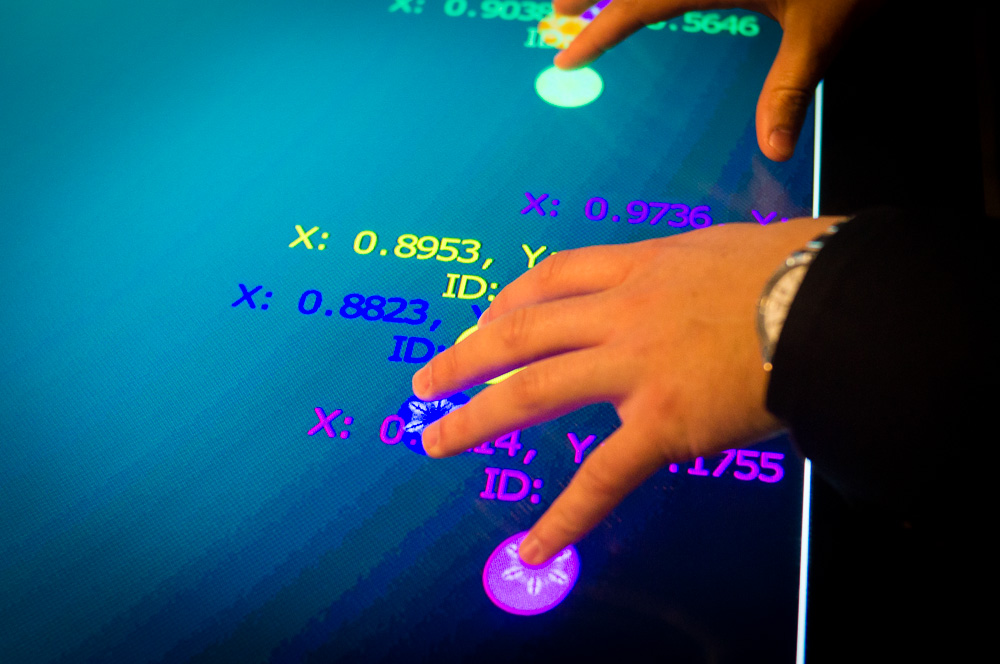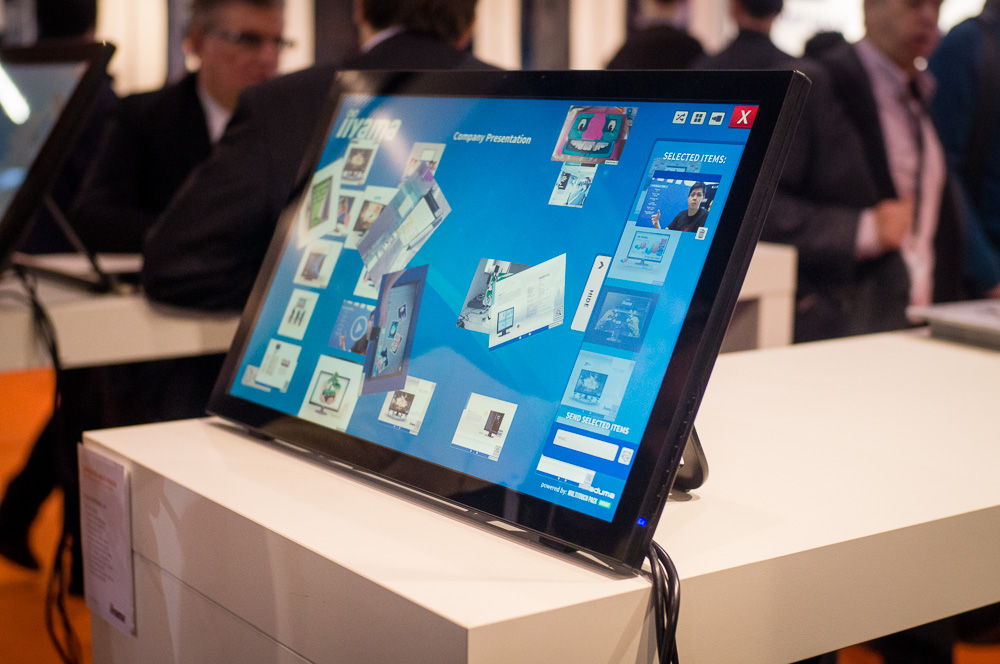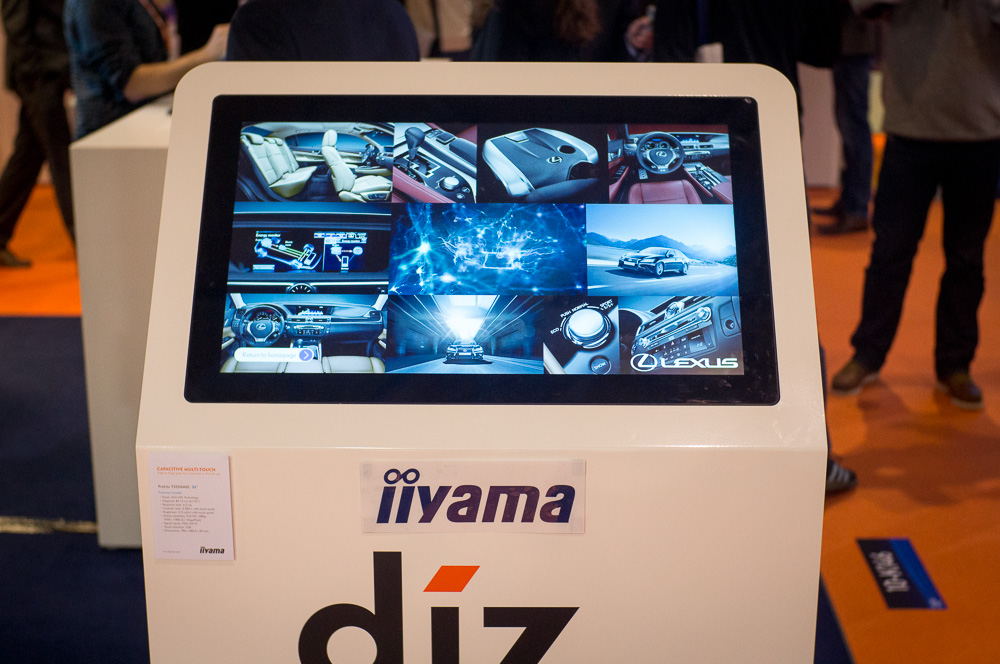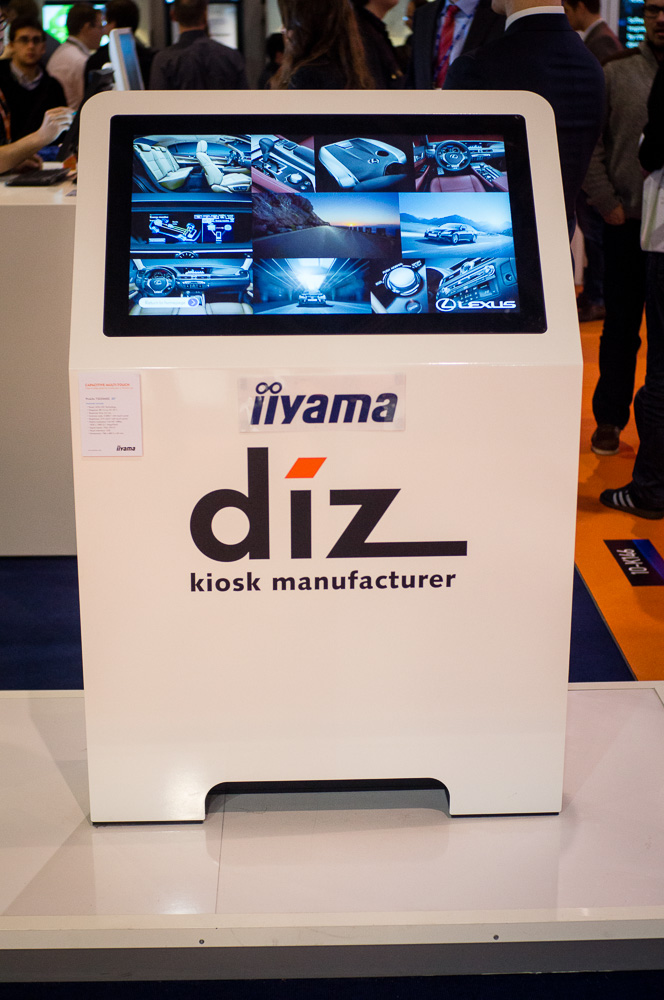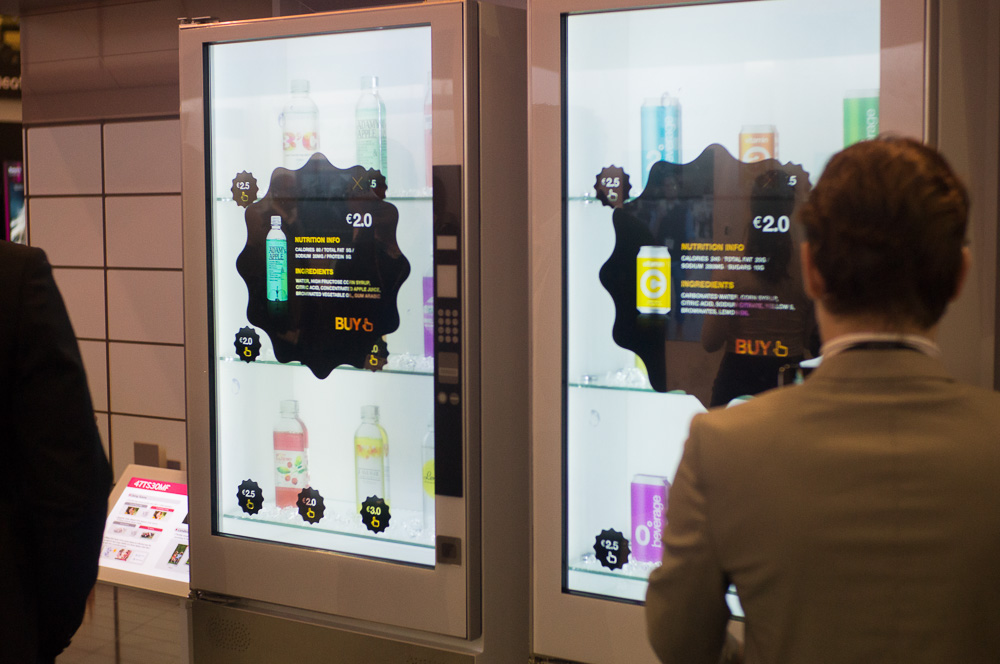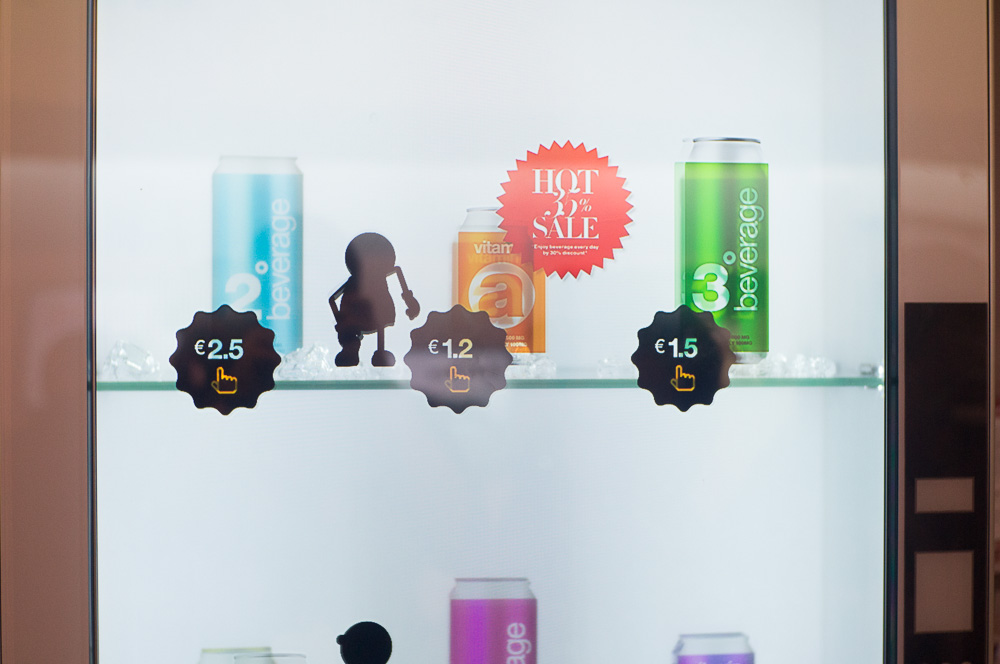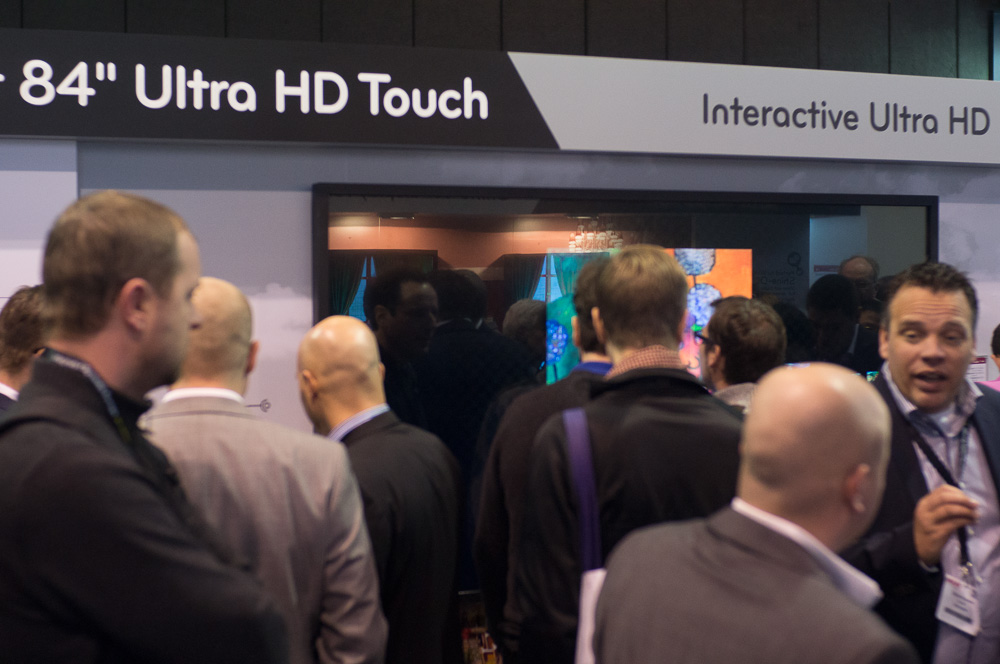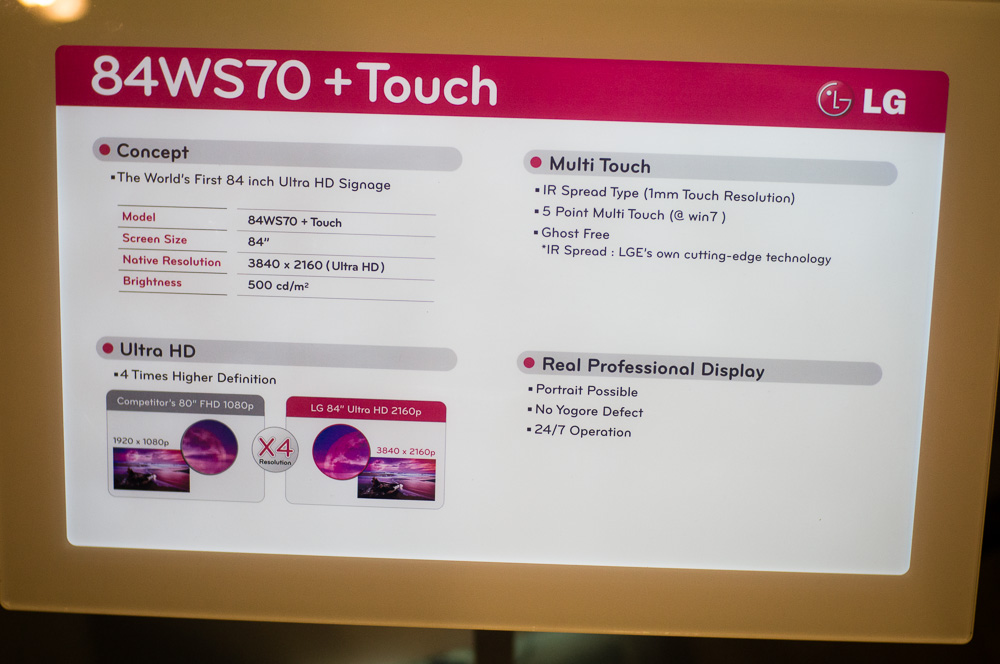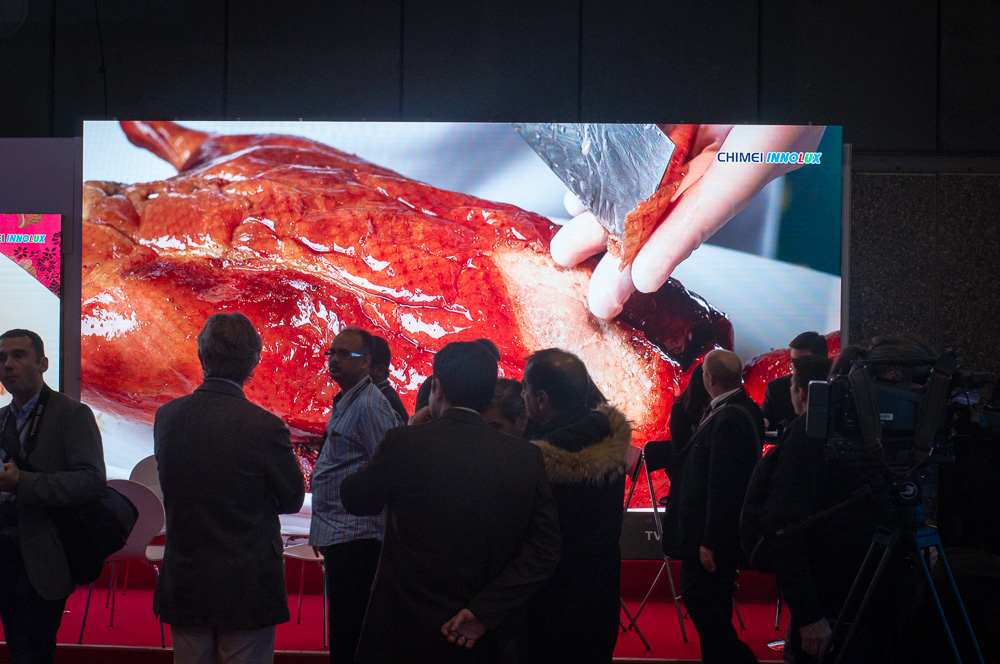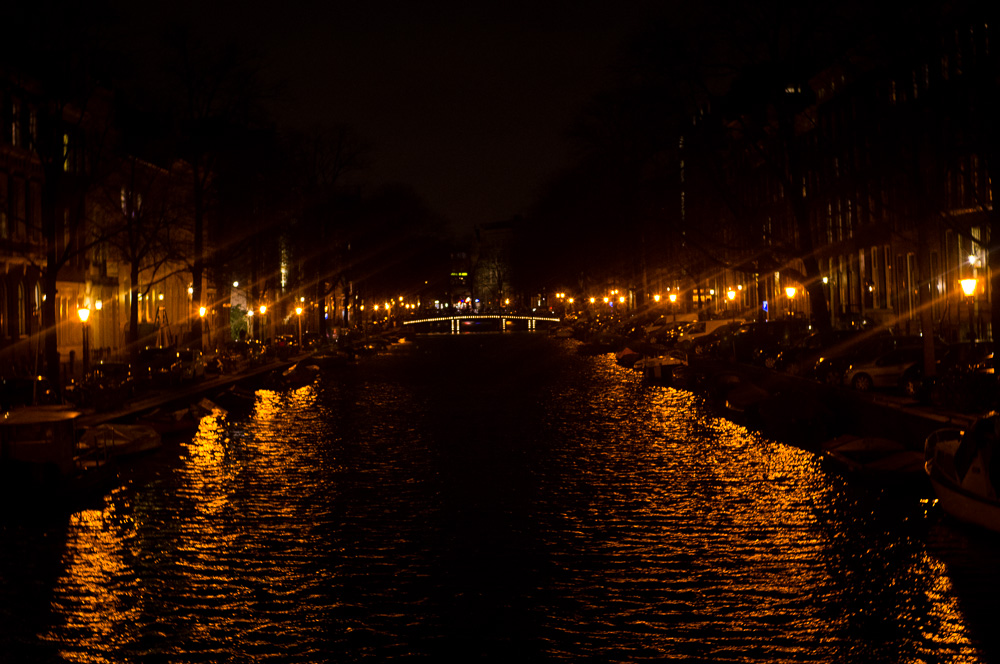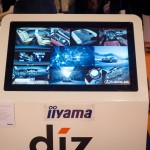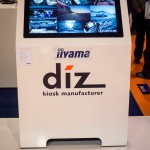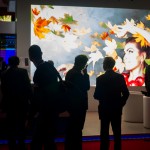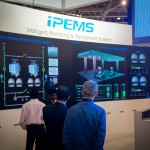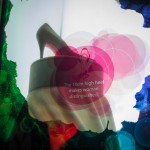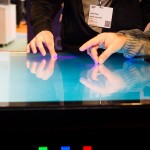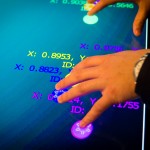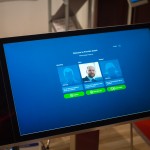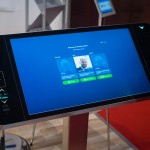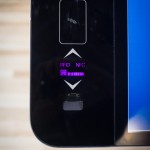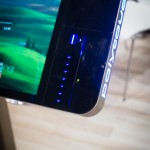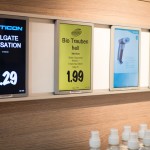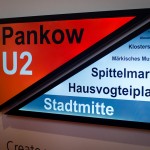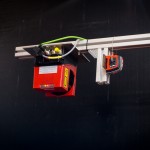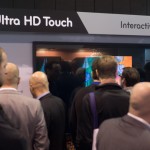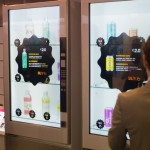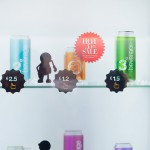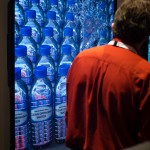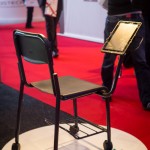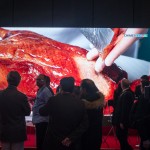The ISE (Integrated Systems Electronics) is a »tradeshow for the professional AV and electronic systems industry«. If you are interested in multi-touch hardware like multi-touch tables, the ISE is the top venue in Europe. Therefore, I have attended the ISE in the last five years and want to share this year’s impressions with a focus on touch products.
In the last years, there have been quite a few companies that offered their semi-professional multi-touch tabletops that were based on optical tracking (like FTIR- or DI-based tracking) at the ISE. Although this year I subjectively noticed the biggest amount of touch products ever at ISE, I have hardly seen any optical multi-touch products (except from the Finns). Although multi-touch tabletops were on display at a fair amount of booths, almost all of them were equipped with touch overlays. In the last years, overlays were based most often on infrared LED bars like those from NextWindow, Lang AG or elektrosil. Such overlays provide good touch tracking results but do not allow for a flat setup in which the surface of the table/wall is completely even as the infrared LED bars are standing out of the surface. Although such products can still be ordered, many foils that allow for projected capacitive (multi-)touch tracking were on show and are commercially available now. These can be attached below a glass pane that covers the display of a touch screen. Hence, the resulting touchscreen has a completely even surface, which allows for a better integration into furniture and can also be used for touch screens in public environments. However, to date such foils can only be used with one screen and not in bigger setups (say bigger than 82″). For those solutions infrared bars that can be tailored to your needs are still more appropriate (e.g., you can order rather cheap stackable LED bar modules in standard chinese quality from Zaagtech) or you go for a solution that is based on laser range scanners. As to the projected capacitive foils, I tested them at the booths of the two manufacturers Displax and Zytronic at ISE 2013. The touch screens from Zytronic generally made a better impression. The tracking results were quicker and the pattern of the capacitive wiring in the foil interfered less with the display contents. However, the Zytronic drivers only support Windows 8 (and not TUIO). I took those pictures at the Zytronic booth:
If you are looking for a ready-made touchscreen for your desktop (or bigger screens) that employs projected capacitive sensing, then Iiyama has nicely priced solutions. As you can see, the Iiyama screens can also be integrated into a tabletop like environment:
A hype topic at this year’s ISE were for sure transparent TFTs: These are glass panes into which a translucent TFT is integrated. Such displays are really intriguing (especially if you show the right content on them):
Another hype topic were big retina screens. For instance, I have seen a 23″ TFT with a horizontal resolution of 3840 pixels. This screen looked really impressive and reminded me of my first iPhone 4 retina screen impressions. I cannot wait to see such screens integrated into an interactive surface. I have also seen other 4k screens that were available in gigantic dimensions:
Another ‘high-resolution’ experience were LED screens. Whereas you may have impressions of video cubes in football stadiums, of which even 100 meters away you can still recognize every ‘pixel’, nowadays LED wall modules are available of which you cannot recognize any pixel from a distance more than 3m:
To conclude, I was really impressed by the development of projected-capacitive foils in the last year and am looking forward to see them included in quite a few setups in the next years. Additionally, the high-resolution hype caused by Apple’s iPhone 4 is now resulting in high-resolution desktop displays. As soon as such displays will be integrated into multi-touch tables, we will witness a new quality of graphical user interface design for our interactive surfaces. Finally, I can say with utmost certainty that a trip to Amsterdam is always worth it.
Here is a gallery with even more pictures from the ISE:
I collected many flyers, leaflets and business cards of interesting products. I am too lazy to write a comprehensive story to every flyer. However, maybe you have got the time and are willing to click through a lot of links. So here they are, links:
holocube holographic box
Multitouchpack software
3M multi-touch displays
Wilke industrial touchscreens
nanoTS industrial touchscreens
Coptermotion Flying DSLRs
lumio
eyefactive
OmnitApps
Polytouch

